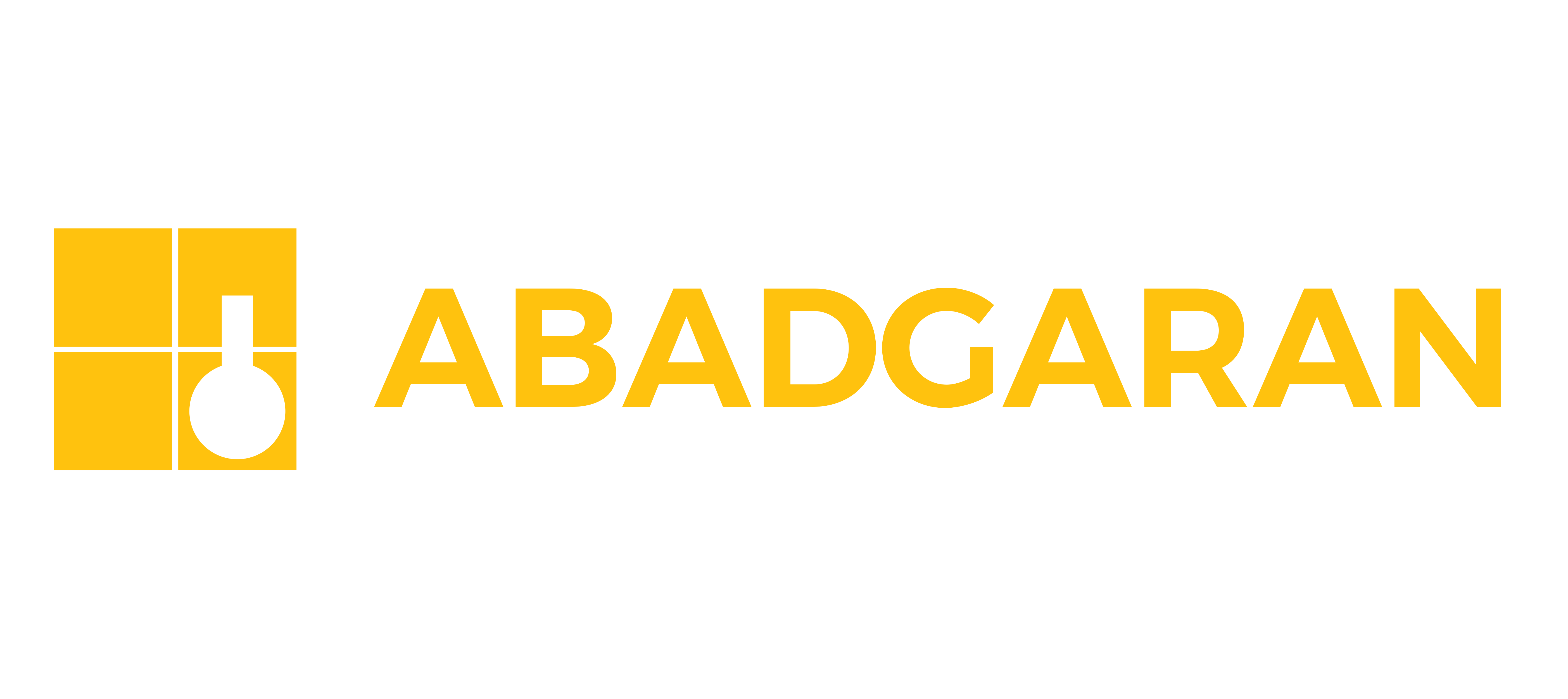
Please wait, loading...

Please wait, loading...

![]()

The Role of Epoxy Adhesives in Construction and Industrial Applications
In the construction industry, the use of structural adhesives—especially epoxy adhesives—plays a crucial role in bonding various components. This is particularly important when it comes to connecting metal parts to concrete or bonding fresh concrete to existing concrete. These situations require high-performance, multi-component adhesives like epoxy systems. For example, in bonding concrete to metal, the adhesive must withstand significant mechanical stresses and harsh environmental conditions to ensure long-term durability. Such requirements are especially evident in applications like bridge foundations, structural joints, and concrete surface repairs with fresh overlay.
When bonding old concrete to new concrete, the adhesive must be designed with specific mechanical and chemical properties to provide a strong and durable bond, while preventing joint formation and moisture penetration. These applications demand adhesives manufactured according to global standards such as ASTM C881 and ACI SPEC-548.13-21 to guarantee the structural strength and longevity of the bond.

Why Use Epoxy Adhesives?
Epoxy adhesives are one of the most effective solutions for bonding fresh concrete to hardened concrete, steel, and other surfaces. This superior performance is attributed to their unique chemical and physical characteristics.

Chemical Properties of Epoxy Adhesives
Epoxy adhesives are made of epoxy resins and hardeners. When mixed, they undergo a chemical reaction forming a robust and resistant polymer network. This structure provides high mechanical strength and environmental resistance, enabling them to perform reliably under load and in harsh conditions.
Adhesion Comparison of Common Adhesives
Pull-Off Test (Tensile Adhesion Test)
The Pull-Off Test is a key method to evaluate the bond strength of epoxy adhesives. In this test, a tensile force is applied perpendicularly to the bonded surface to measure the adhesive’s grip on concrete or other materials. The measured value reflects real-world performance under mechanical and environmental stress.

Importance of Standard-Compliant Epoxy Adhesives
Using epoxy adhesives that comply with international standards such as ASTM C881 and ACI SPEC-548.13-21 ensures high performance, durability, and reliability. These standards define key parameters such as bond strength, viscosity, and curing time, ensuring the adhesive performs effectively in real-world conditions.
Key Advantages of Multi-Component Epoxy Adhesives

Why Other Adhesives Fail to Meet Standards
Non-epoxy adhesives are sometimes used in construction, but they lack the mechanical strength, chemical resistance, and long-term durability needed for critical applications. According to ASTM C881 and ACI SPEC-548.13-21, epoxy adhesives are the most suitable option for bonding concrete to concrete or concrete to steel, as they meet the stringent requirements for mechanical loading and environmental exposure.

Relevant Standards and Applications
According to ASTM C881, epoxy adhesives must meet specific criteria for curing time, viscosity, and bonding strength. These characteristics make them suitable for a range of environmental and loading conditions. ACI SPEC-548.13-21 also highlights the essential role of epoxy adhesives in bonding fresh and hardened concrete in construction projects.

Conclusion
Due to their superior properties—such as excellent adhesion, environmental resistance, and long-lasting durability—epoxy adhesives are the preferred solution in construction and industrial applications. Recommended by global standards like ASTM C881 and ACI SPEC-548.13-21, they offer an ideal choice for bonding concrete-to-concrete, concrete-to-steel, and other material combinations.
In this regard, Abadgaran Chemical Industries offers a wide range of high-performance epoxy adhesives, including:
These products have proven highly effective in numerous projects, particularly in bonding metal components to concrete and ensuring strong joints between old and new concrete surfaces.
References: